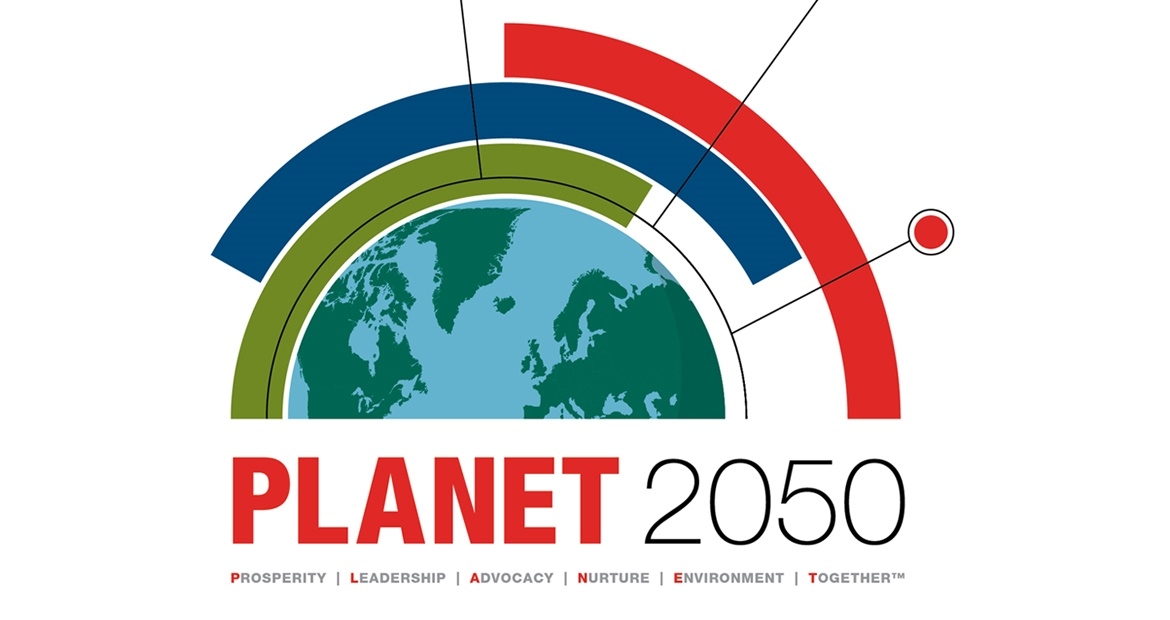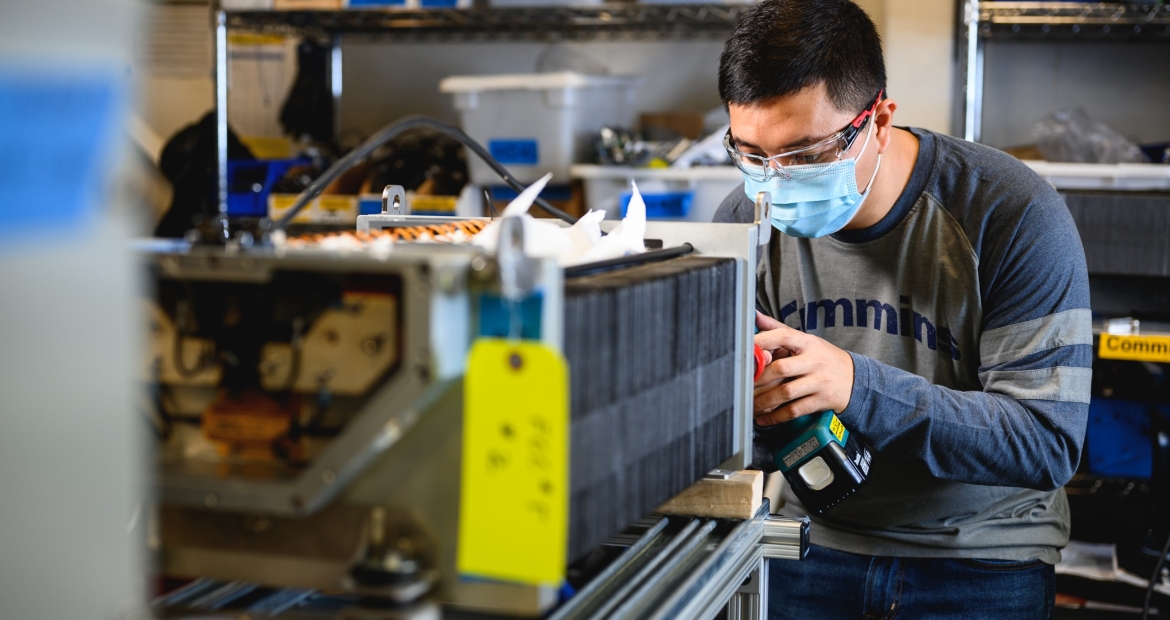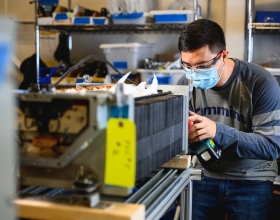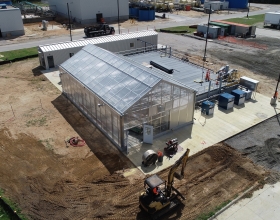Cummins in the spotlight at COP26 thanks to Prince Charles
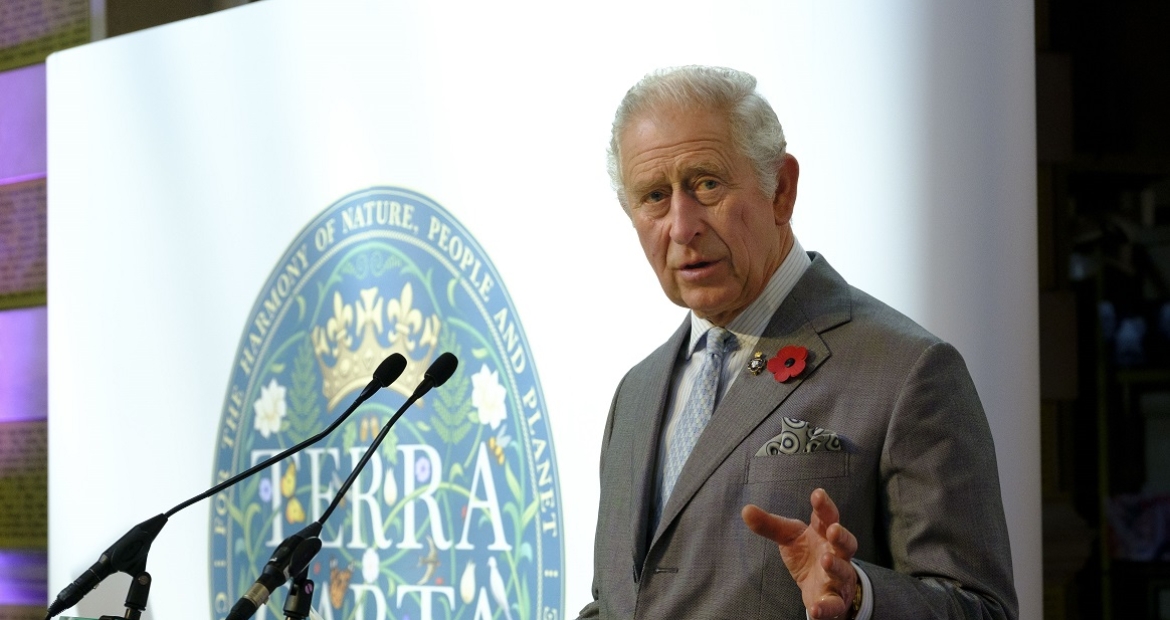
Cummins Inc. enjoyed a moment in the spotlight at COP26 today, as Prince Charles announced the company is one of 45 inaugural recipients from around the world of the Terra Carta Seal.
The seal recognizes businesses for their commitment to environmental sustainability and decarbonization. Speaking at an art museum not far from the global climate summit in Glasgow, Scotland, the Prince of Wales called on all businesses to take a leadership role in the transition to a more sustainable, no-carbon future.
“The Terra Carta Seal recognizes those organizations which have made a serious commitment to a future that is much more sustainable, and puts nature, people and the planet at the heart of the economy,” Prince Charles said. “We all need to make changes if we are to preserve the planet for our children and grandchildren and these businesses have pledged to make it easier for us all to do so.”
The heir to the British throne is making a major push for climate action, telling world leaders at the Group of 20 summit in Rome last week “it is surely time to set aside our differences and grasp this unique opportunity to launch a substantial green recovery.”

A PLAN FOR THE PLANET
Inspired by the Magna Carta, the medieval document that remains an important symbol of liberty around the world, the Terra Carta is a recovery plan for the planet that serves as the guiding mandate for the Prince’s Sustainable Markets Initiative. The initiative seeks to establish a global forum for industries to restructure their operations in a way that protects the world’s resources.
Among its 10 principles, the Terra Carta calls for embedding positive and negative social and environmental costs into goods and services to encourage sustainable options, incentives for sustainable alternatives and the elimination of barriers to the transition. Cummins supports carbon pricing to put the power of the market behind the evolution to a low-carbon future and incentives to help customers with the transition.
“As the Terra Carta recognizes, sustaining a vibrant economy while using fewer of the earth’s resources is the challenge of our time,” said Cummins Chairman and CEO Tom Linebarger. “Our mission of making people’s lives better by powering a more prosperous world requires a healthier planet, and it will take all of us working together to solve the world’s climate challenges. Being part of the Sustainable Markets Initiative is both a great honor and a great responsibility.”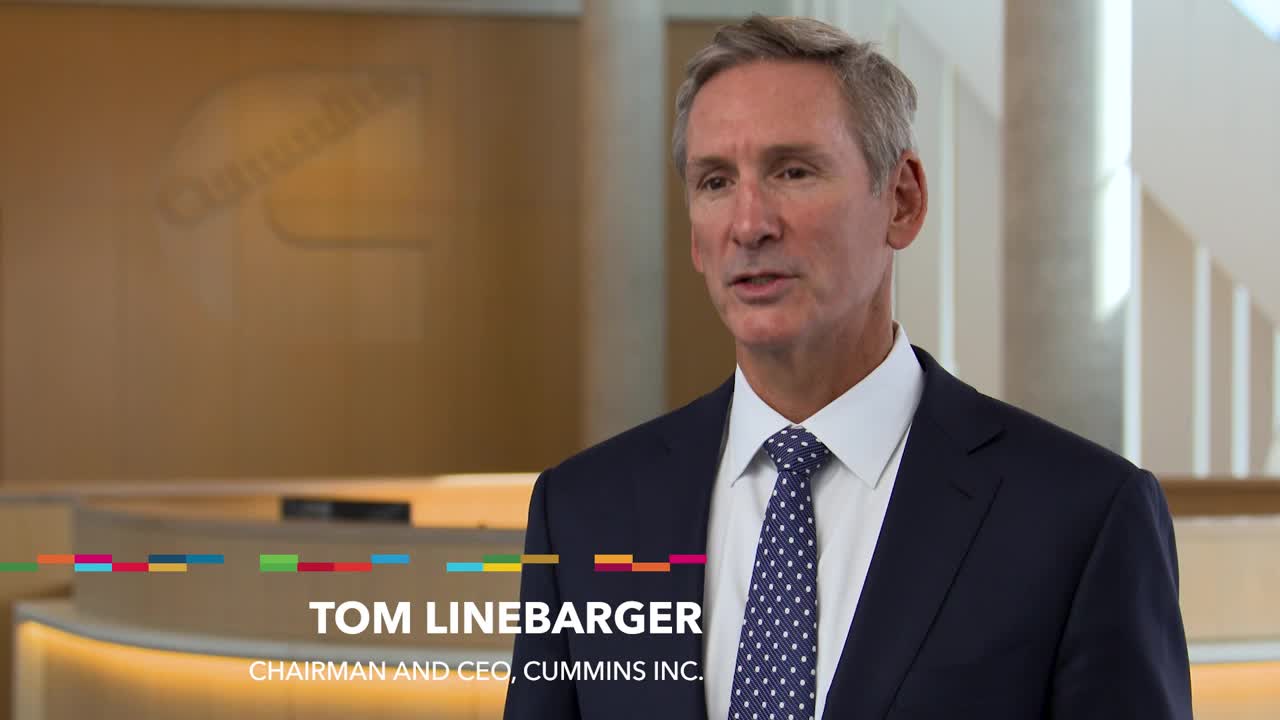
Cummins is committed to taking a leadership role on the world’s climate challenges and other environmental concerns. In 2019, the company unveiled PLANET 2050, Cummins’ environmental sustainability strategy, which includes science-based goals timed to 2030 that are aligned to the Paris climate agreements. The agreements seek to limit average global temperature rise above pre-industrial levels to 1.5 degrees Celsius.
CUMMINS’ CLIMATE PLANS
As part of its approach to environmental stewardship, Cummins aspires to be carbon neutral by 2050. The company is working to reduce the carbon impact of its diesel and natural gas platforms while bringing to market innovative no-carbon technology, including battery and fuel cell electric. Cummins has also quickly emerged as a leader in the manufacture of electrolyzers critical to the production of green hydrogen, a promising no-carbon fuel and has accelerated development of an internal combustion engine that runs on hydrogen.
The company advocates for climate action through its membership in several organizations, including Business Ambition for 1.5°C, the CEO Climate Dialogue, the Business Roundtable and the Hydrogen Council, a global coalition of CEOs working to accelerate the use of green hydrogen. Linebarger serves as co-chair of the Hydrogen Council.
Cummins has been named to the S&P Dow Jones Sustainability Indices for North America for 15 consecutive years and qualified for Sustainalytics’ 2021 ESG Industry Top Rated Badge among other honors.
Other inaugural recipients of the Terra Carta Seal include Bank of America, PepsiCo, Salesforce and Xerox. The Sustainable Markets Initiative expects to add more recipients annually as additional companies join its campaign to meet the world’s climate challenges.


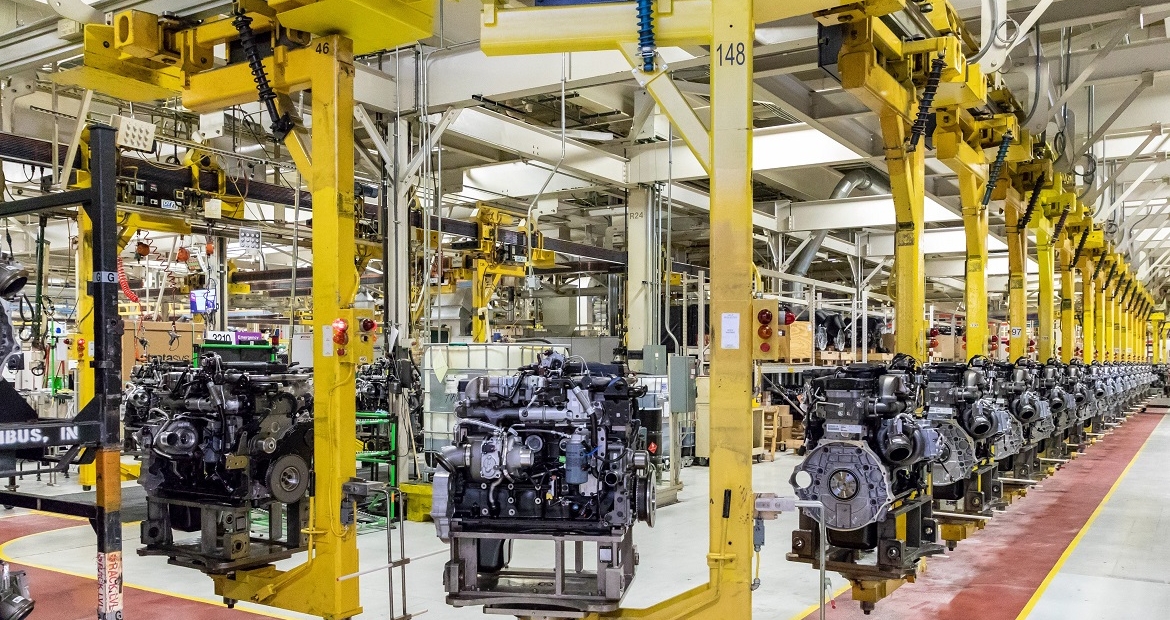
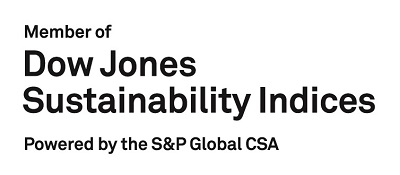 "We congratulate Cummins for being included in the Dow Jones Sustainability Index (DJSI) for the World and North America,” said Manjit Jus, Global Head of ESG Research for S&P Global. “A DJSI distinction is a reflection of being a sustainability leader in your industry. The record number of companies participating in the
"We congratulate Cummins for being included in the Dow Jones Sustainability Index (DJSI) for the World and North America,” said Manjit Jus, Global Head of ESG Research for S&P Global. “A DJSI distinction is a reflection of being a sustainability leader in your industry. The record number of companies participating in the 